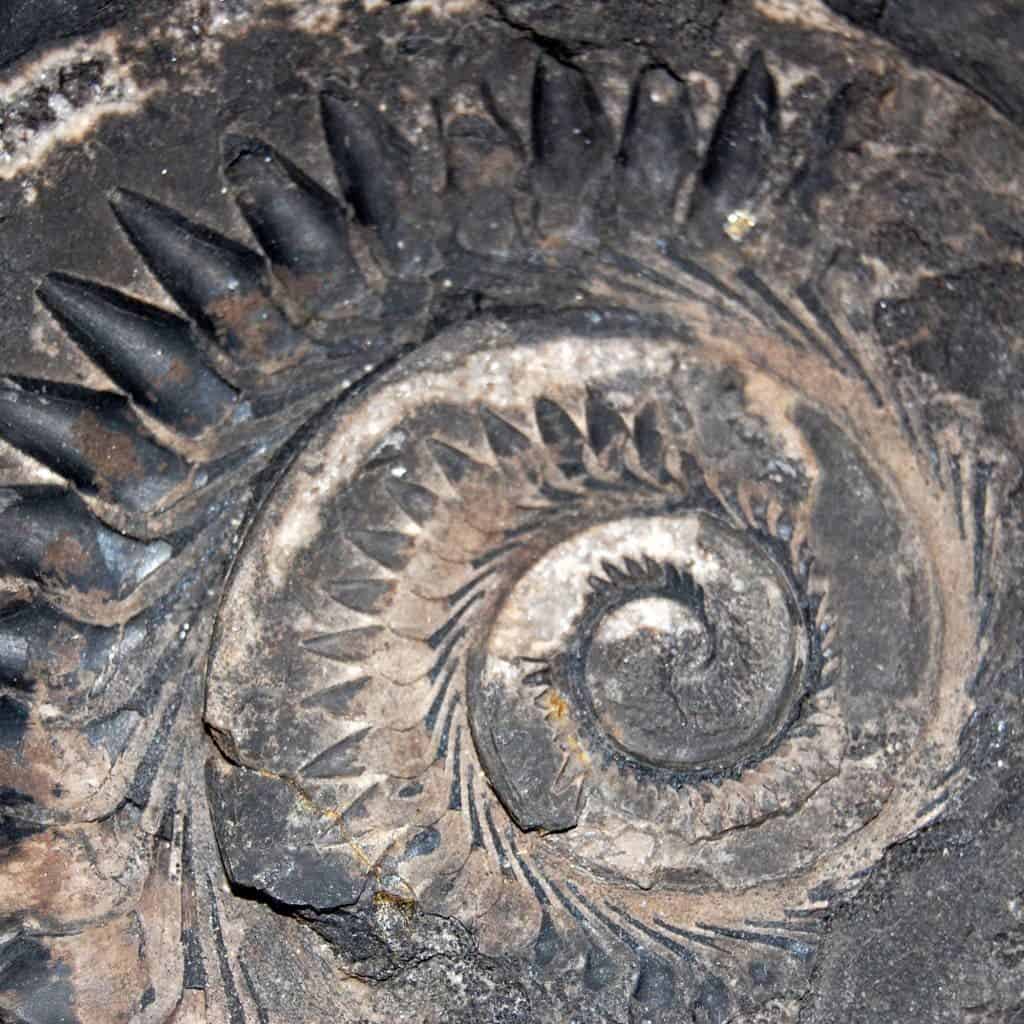
Image via imnh
Helicoprion is an extinct genus of shark-like, cartilaginous fish that lived from the early Permian (~290 m.y. ago) all through to the massive Permian-Triassic extinction episode (roughly 250 m.y. ago.)
Their most distinctive characteristic, the lower jaw, baffled scientists for over a hundred years. This “tooth-whorl” structure was the only bony tissue to be found in the animal’s body, and the only part of it that fossilizes under normal conditions — so for all this time, paleontologists didn’t have enough context to describe it beyond “round…thingy. With teeth!”
In 2011 IMNH researchers performed a CT scan on an exceptionally well preserved specimen that contained the elusive jaws. The research eventually led to the first accurate reconstruction of the shark as well as placing in its proper position on the great tree of life.
The CAT scans also allowed a partial reconstruction of the rest of the animal, estimated to have been 3-4 meters (9.8 to 13.1 feet) long, but some potentially grew to almost 7.5 meters (24.6 feet) long. As their jaws aren’t resilient enough to break shells, Helicoprion most likely dined on soft prey, such as mollusks.






